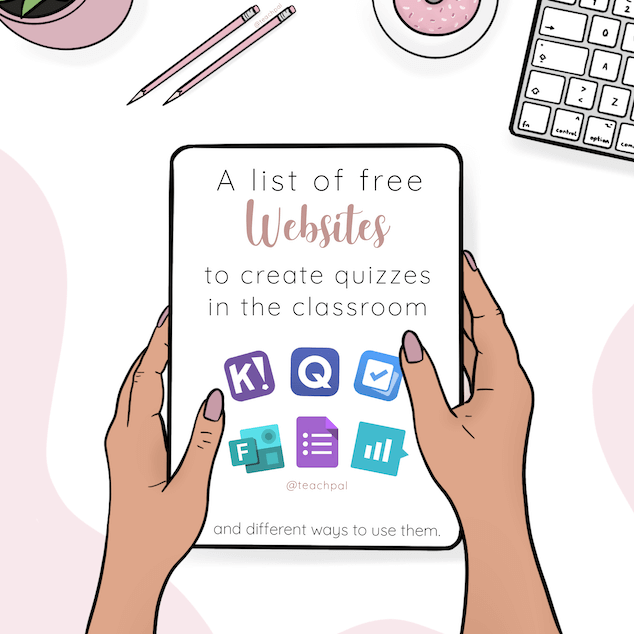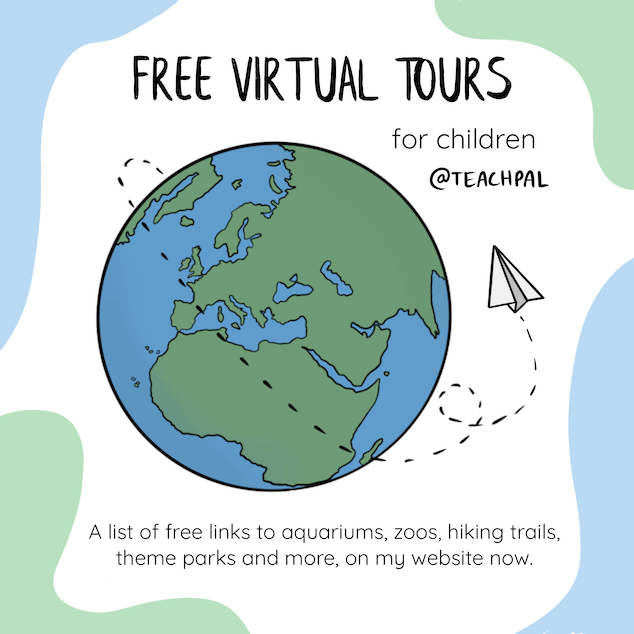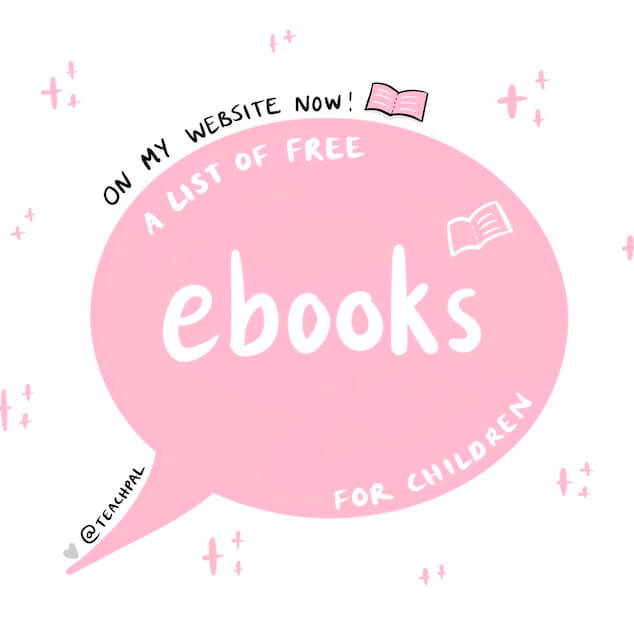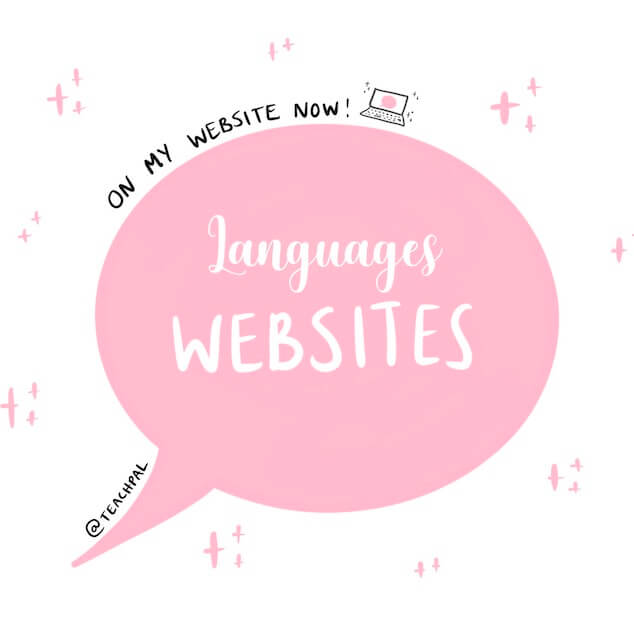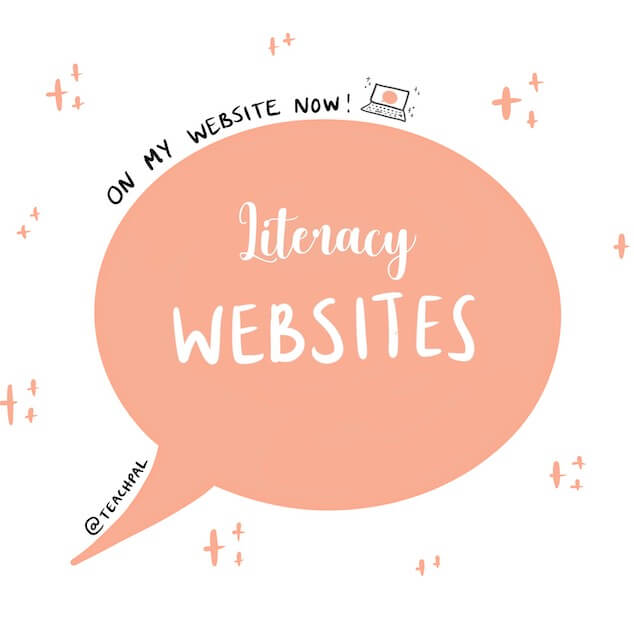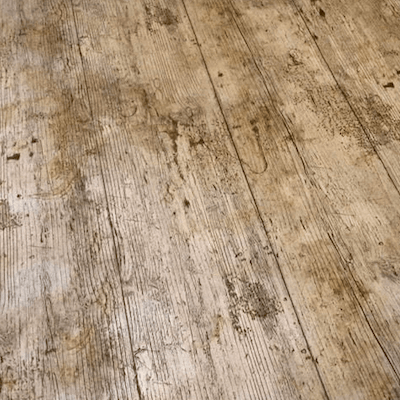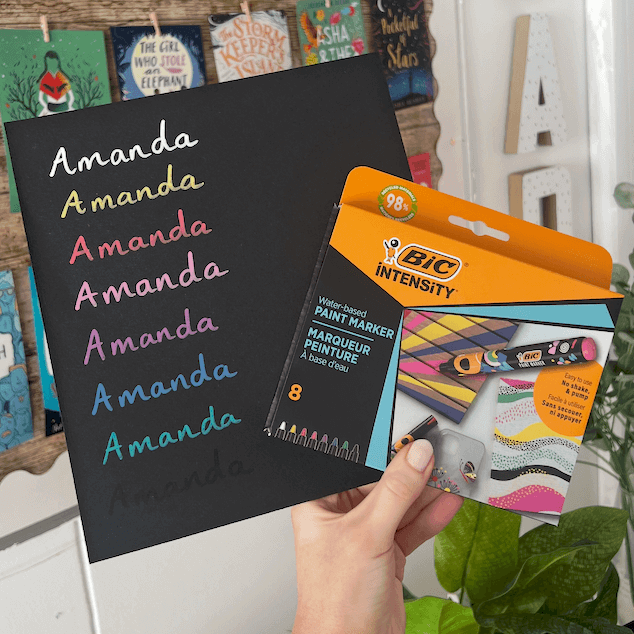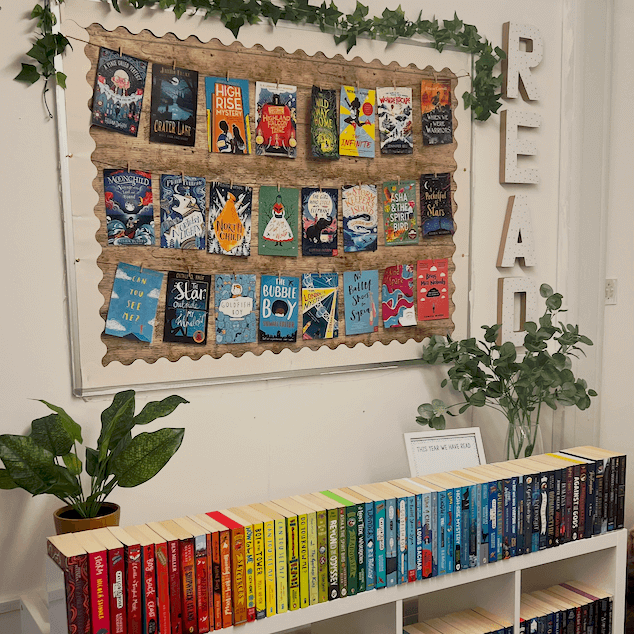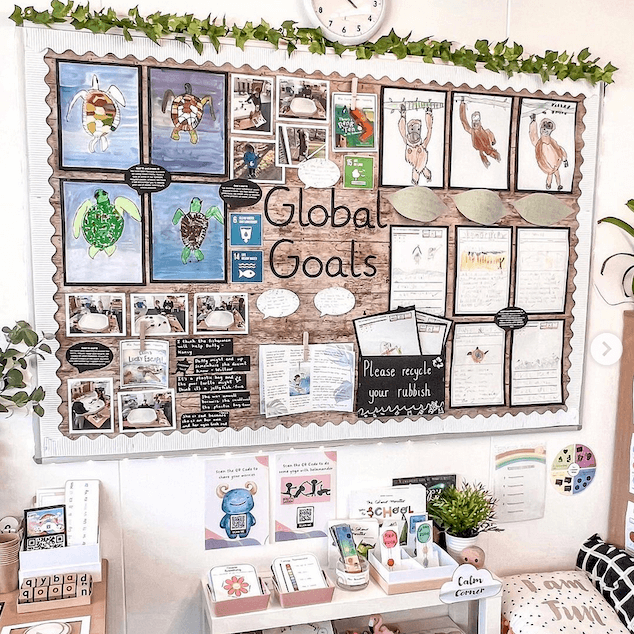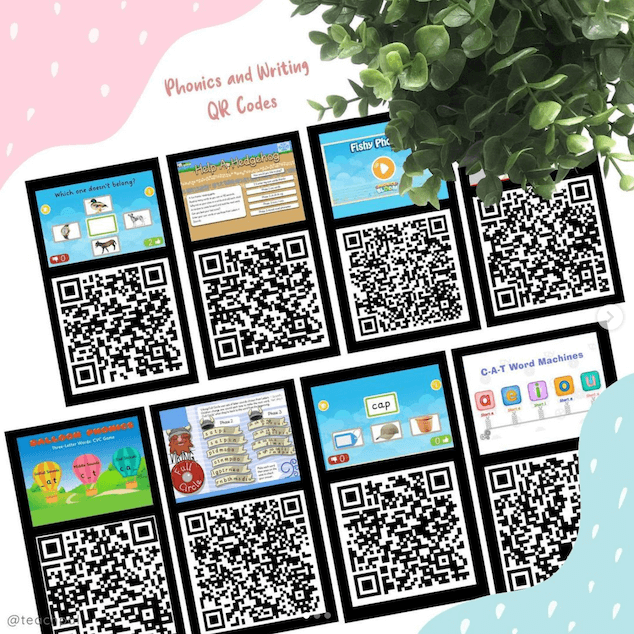Quizzes are a fun, active way to engage children with their learning through retreival practice, but they also provide a quick snapshot into where the children are at in their learning. With so many new concepts to remember, anything we can do to help children recall information should be a welcome addition to the classroom. As we move up the school, it can be easy to overlook information retrieval in favour of higher-order learning, but it is vital that we maintain a balance throughout. When given the opportunity to remember learned concepts, skills and details through retrieval practice, this information is recalled and rewritten to children’s memories, creating longer lasting, more accessible paths of understanding.
The benefit of retreival practice such as quizzes, however, extends beyond the initial exercise; when children are given the opportunity to practise retrieval, they improve their higher-order learning, and are better able to use their pre-existing knowledge when progressing to new concepts. Instinctively we all know this; when we learn new things as adults, it’s all too easy to forget again just as quickly if we don’t have the chance to refresh our memories of what we learned in a simple way.
At the end of a topic or a block of learning, I often ask the children to create their own quizzes. These can include a range of question types, which allows them to demonstrate what they have learned and can be used as an example of formative assessment. By allowing children to complete each other’s quizzes, it gives their learning a purpose and allows them to consolidate skills or knowledge without feeling as though they are repeating work or being tested.
Traditional methods of retrieval, such as multiple choice questions, can risk children reinforcing misconceptions when providing the wrong answer. Often, the questions end up being made easier, so that the children are more easily able to see the correct answer. The tools available to us now though, often enable quick, targetted feedback, allowing us to use questions that are appropriately challenging. Through instant, targetted feedback we can negate the issue of children reinforcing misconceptions when answering incorrectly, and increase our chances of catching misconceptions that otherwise may have gone unnoticed!
I’ve listed below the main websites I, or the children in my class, use to create quizzes, and I’ve given a little description of each. I keep my posts updated regularly, so keep an eye on this page for updates, as this is an area in which new services seem to pop up all the time.
Websites for Creating Quizzes
Kahoot
The minute my class hear the word Kahoot, they are instantly engaged. They love it! I tend to do this in groups so that nobody ‘comes last’. Kahoot is brilliant for recapping knowledge at the end of a lesson or at the start of a new one to improve knowledge retention. I use the timed questions for quick retrieval, but you can turn this off for more open-ended questions that require more thinking time. Some children in my class have started Kahoot competitions in our local library, which goes to show how much they enjoy using it.
https://kahoot.com
Microsoft Forms
This is probably my most used in the classroom. Even on day 1, I ask children to fill out a form about themselves. For some children, speaking out in front of a class can be too much, especially on the first day; the relaxed nature of using Microsoft Forms for this, means that children tend to be more open and honest with their responses. I’ve included questions such as: what would you like me to know about you? What works for you in the classroom? How do you like to learn? What is your favourite subject? Is there anything you find difficult in school?
Microsoft Forms features a range of themes, and question options such as multiple choice, text response, rating and an equation option for creating maths quizzes. Despite this variety, it remains easy for children to use. I regularly get children to create their own forms and we have had parents complete the children’s quizzes on open evenings. Finally, a fantastic feature of Forms that often goes underutilised, is its ability to provide clear and concise responses; you can view your data as visual charts or export it to Excel for further analysis.
https://forms.office.com
Google Forms
Google Forms is very similar to Microsoft Forms. I just tend to use Microsoft Forms, as it is connected to the children’s school accounts on Glow, making it that little bit easier. Google Forms allows children to collaborate on quizzes which is great, so it definitely worth a look.
https://www.google.co.uk/forms/about/
Quizlet
I love the flashcard feature on Quizlet and enjoy using these with my class. They are especially useful for reinforcing vocabulary, both in English and when learning languages. There are also lots of sets on there that have been created by others.
https://quizlet.com/en-gb
Nearpod
Nearpod is full of resources, with everything from regulating our emotions, to a library full of resources to support the teaching of racial justice. I love the built-in interactive polls for each lesson, as these really help to keep the children engaged.
https://nearpod.com
Mentimeter
My favourite thing about Mentimeter is the different ways the children’s responses can be displayed. One example is through a wordall; I created a questionnaire asking every child in the school ‘what makes a great learner?’ and they worked in pairs to come up with their top 10 words to describe this. Every child was involved in this, and their responses were displayed at assembly. The most common responses are shown larger, which provides a great visual representation of the distribution of answers without the need for numbers. I’ve included an example below (forgive the spelling, they’re the children’s answers not mine).
https://www.mentimeter.com
Padlet
I’m new to Padlet and haven’t yet used it in the classroom, but it looks so useful. It allows you to create an online sticky-note board. Children can add a post-it to the board. I’m thinking this could be used at the start of a topic for children to demonstrate their prior knowledge of a topic, or share what they would like to learn.
Padlet could also be used for plenaries; I know I go through so many post-it notes, both during and at the end of a lesson, so Padlet looks to be a nice way to do this without wasting more paper. You could have something simple like ‘What did you enjoy most about today’s lesson?’ or ‘What is the most important thing you learned from this lesson?’ and children could add their post-it note to the online board.
You could also use Padlet for literacy, by displaying a word and getting the children to write their best sentence using that word, thereby enabling children learn from each other’s work. The possibilities are endless, and I can’t wait to try it out.
https://padlet.com/dashboard
Apps for Creating Quizzes
Plickers
Plickers is great for formative assessment. Each child has a card, which looks a bit like a QR code, and it is labelled A, B, C and D on each side (labels on compass points). You can display a multiple-choice question on your smart board and the children hold up their card with the answer. To answer, the children rotate their card to the corresponding label, and the app scans the room and collects the answers. Each card has a number corresponding to a child and the code is different on each, so nobody can copy each other or know who is getting it right or wrong. It’s very visual for the children too, and shows class response percentages in the form of charts.
https://get.plickers.com
Other Tools for Quizzes
Buzzers
I also use good old-fashioned buzzers to develop talking and listening skills. I read out the question and they press on the buzzer to answer. This is great at the end of reading some of our class novel to summarise what we’ve read. I also do this at the beginning of a reading lesson to summarise the text so far, so that children who struggle to remember or comprehend can be supported.
If you’d like a deeper dive into the process of learning theory and the importance of retrieval practice, you might like to read ‘Understanding How We Learn: A Visual Guide by Yana Weinstein and Megan Sumeracki with Oliver Caviglioli’.

